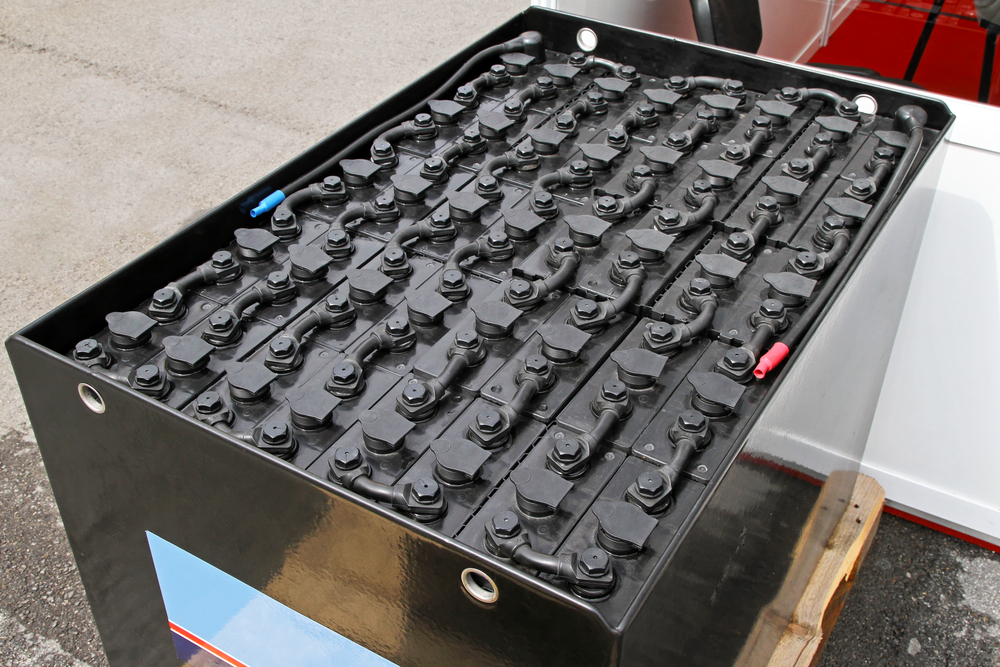Lead-acid batteries have been around for well over a century and remain in widespread use today due to several distinct development advantages.
- Maturity and Reliability: Lead-acid battery technology is well-established and mature, with decades of research, development, and refinement. This maturity translates into a high level of reliability and predictability in terms of performance and lifespan. Manufacturers have optimized production processes, making lead-acid batteries relatively inexpensive to produce compared to newer battery technologies.
- Cost-Effectiveness: Lead-acid batteries are one of the most cost-effective energy storage solutions available, especially for applications that require high power output for short durations, such as starting automotive engines or providing backup power for critical systems. Their low production costs make them economically viable for a wide range of applications, from automotive to stationary storage.
- High Power Density: Lead-acid batteries offer high power density, meaning they can deliver a large amount of electrical power relative to their size and weight. This characteristic makes them well-suited for applications where bursts of high power are required, such as starting vehicles or operating heavy machinery.
- Recyclability: Lead-acid batteries are highly recyclable, with recycling rates exceeding 95% in many regions. The lead and other materials used in these batteries can be efficiently reclaimed and reused in the production of new batteries or other products. This recyclability reduces environmental impact and helps mitigate concerns about resource depletion.
- Robustness: Lead-acid batteries are known for their robustness and tolerance to a wide range of operating conditions. They can withstand overcharging, deep discharges, and temperature variations better than many other battery chemistries, making them suitable for use in diverse environments and applications.
- Readily Available Infrastructure: Lead-acid batteries benefit from a well-established infrastructure for manufacturing, distribution, and recycling. This infrastructure makes them easily accessible and ensures a reliable supply chain for components and materials, further contributing to their cost-effectiveness and widespread adoption.
- Safety: Lead-acid batteries have a relatively low risk of thermal runaway or fire compared to some other battery chemistries, making them inherently safer for certain applications. This safety profile, combined with their robustness, makes lead-acid batteries suitable for use in critical systems where reliability and safety are paramount.
While lead-acid batteries may not offer the energy density or cycle life of some newer battery technologies like lithium-ion, their development advantages make them an attractive choice for many applications where cost-effectiveness, reliability, and safety are primary considerations. Ongoing research and development efforts continue to enhance the performance and environmental sustainability of lead-acid batteries, ensuring their relevance in various industries for years to come.


